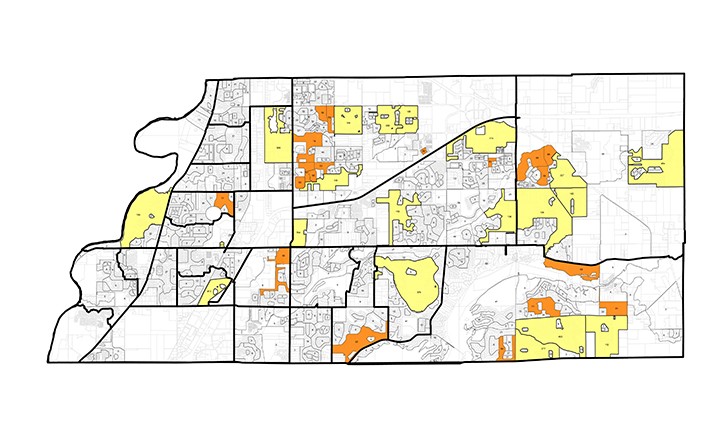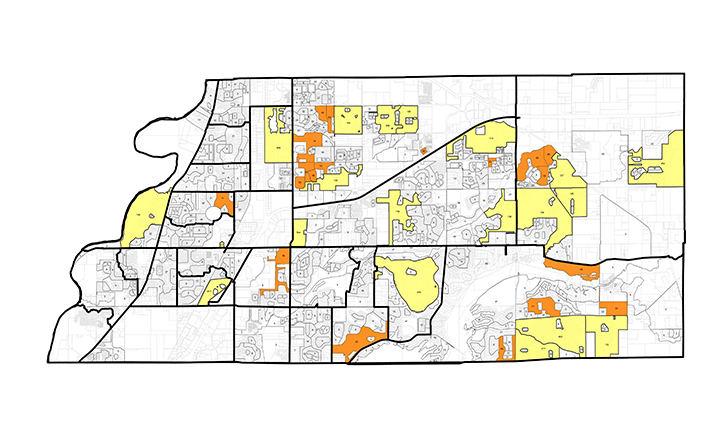
By James Feichtner
Over the past few decades, Fishers has seen growth in its population size. As of 2010 the U.S. Census Bureau calculated that Fishers is approximately 78,000 people compared to the USCB reported 663 population in 1960.
Being that the USCB only conducts full census reports each decade, the growth Fishers is seeing may not coincide with the most recent USCB calculation in 2010. Because of this gap, at the Aug. 17 city council meeting the Fishers City Council approved the Fishers Office of City Controller to conduct its own partial special census with a budget of $450,000.
A partial special census abides by the same USCB standards as a full census, but is not conducted on a decennial schedule and simply targets certain areas of the municipality. It also must be smaller than the city’s jurisdiction.
By conducting this partial special census, the city would capture additional revenue from the updated population growth.
“A lot of our revenues are based on population size,” city controller Oscar Gutierrez said. “Our community development team has assessed the city has grown since 2010, which is when the last time we conducted a census, by approximately 12,000 people. The census would be a partial census that is a more cost effective avenue to capture just the areas of growth. The census deals $373,390 for a partial census.”
The reason only a partial special census is being requested compared to a full special census is the cost effectiveness. A full special census is approximately $1 million more in expenses compared to the special partial census.
“Based on the numbers that we calculated from our community development survey we would capture approximately a little over 8,000 people with the special census,” Gutierrez said. “If we complete that by 2016, each year will see a revenue increase of $250,000 the first year and then a year after would be $442,000. By 2018 we would be at $693,000 net positive and would only be spending $373,000 if the census data is correct.”
The census is set to begin in February. The projected revenue of the partial special census from 2017 to 2021 is approximately $1.45 million. The next USCB conducted full census would be 2020 and which would not be complete until 2021 if the council did not take action.
While the census is projected to cost approximately $373,000, conducting a census has additional financial incidentals such as paying for the training and enumeration space, promotions and public education of the census, materials, custodial and maintenance costs of the rented space, etc. Because of these additional costs, the controller’s office asked council for a spending cap of $450,000 to be used from the city’s cash reserves.
“The census data is dealing with a $373,000 projection and we are just giving it a buffer so we don’t have to come back to [council],” Gutierrez said.
In addition, a staff is required to conduct the census. To eliminate the risk of having to deal with unforeseen employment costs, the city will be contracting out to staffing firms that would ultimately have to deal with the hiring of staff for the census.
“We are speaking with several of the cities staffing firms doing a special census, one of them in particular is doing a full census and they have hiring power. We are trying to work out a deal where we go through the same staffing company in Hamilton County to reduce the amount of money that we pay for overhead. So that part will not necessarily be on us, but will fall on the contract teams that we hire,” Gutierrez said.
“If we only hit a third of our target, we would still break out even and I think that gives us plenty of room for error,” Gutierrez said. “I think that this would be a great way for the city to make additional revenue.”



